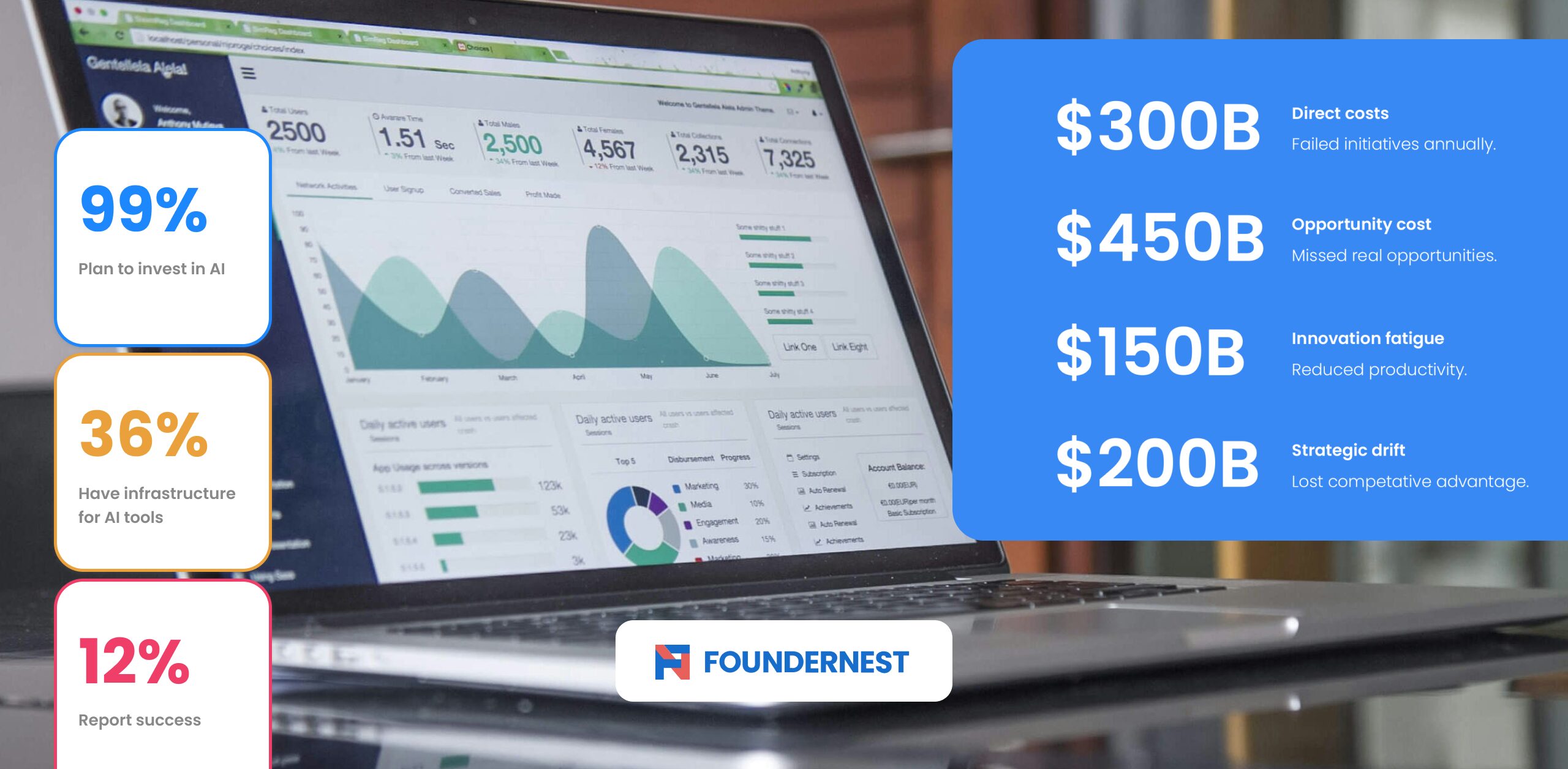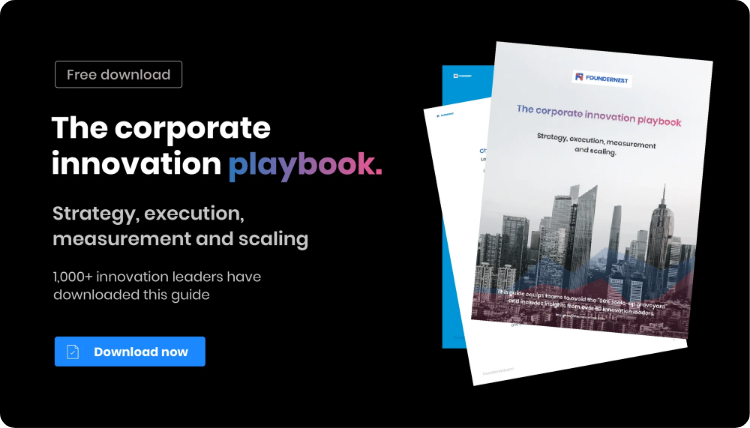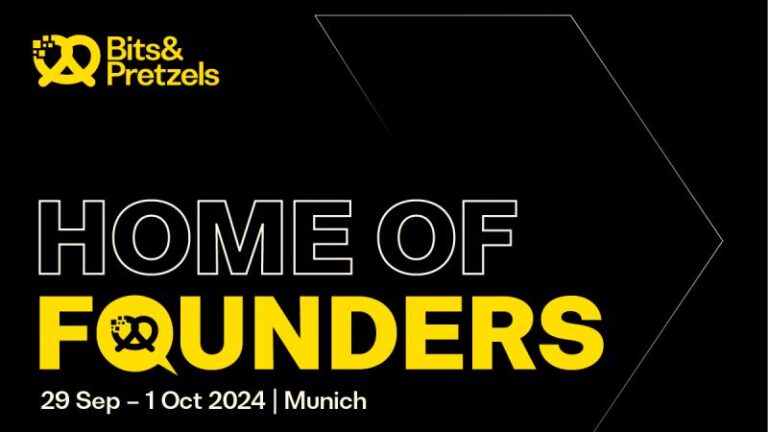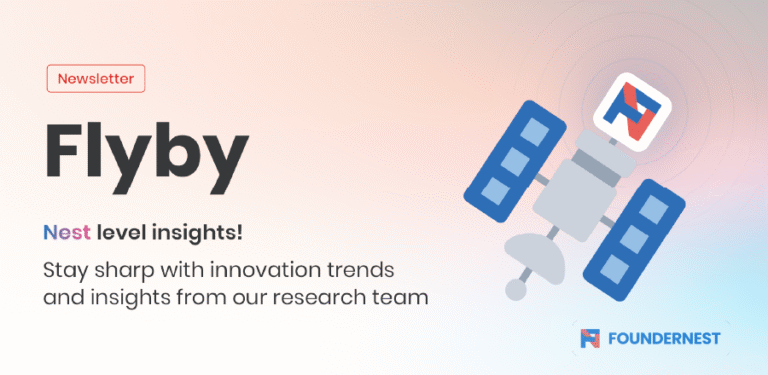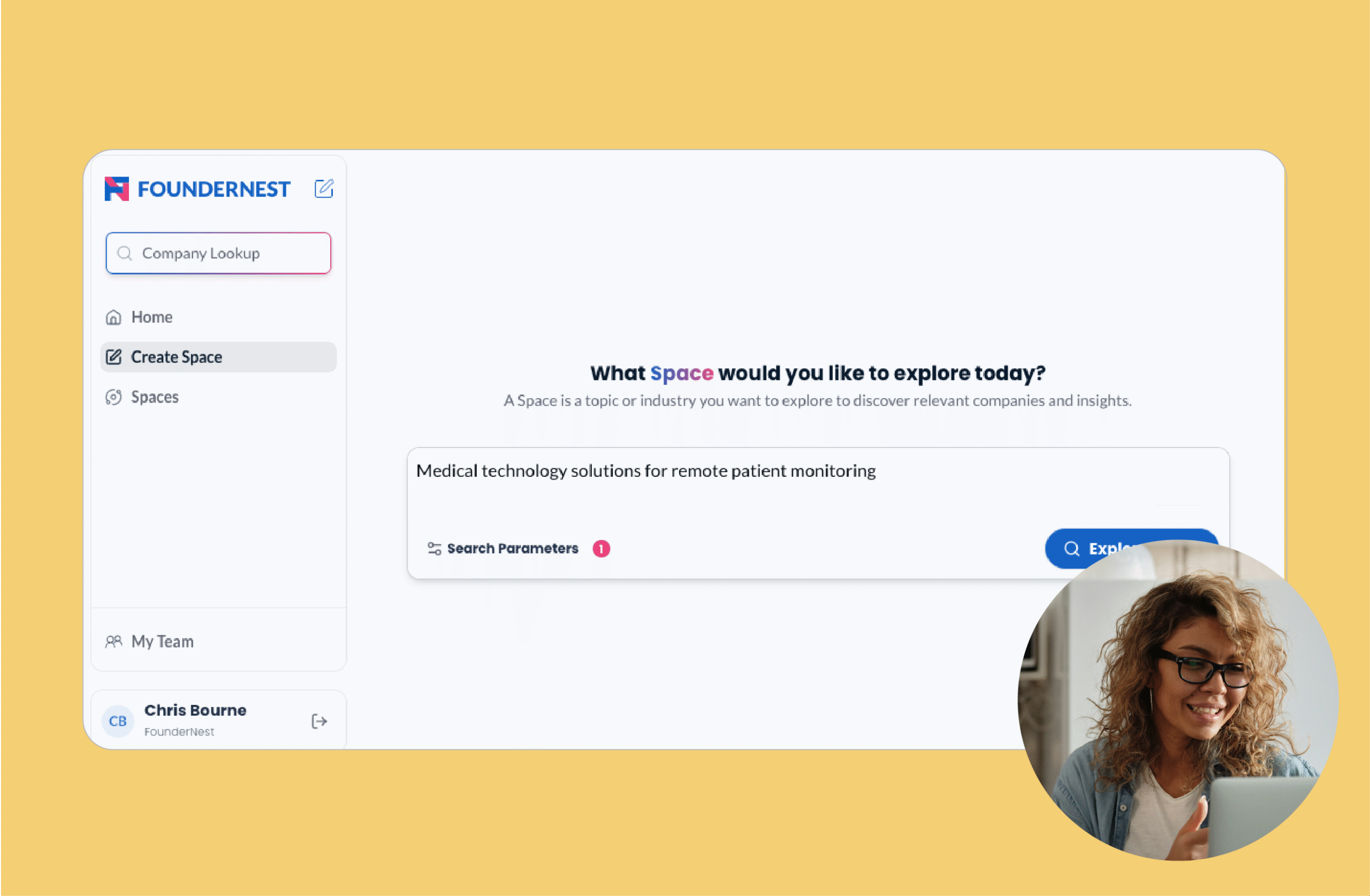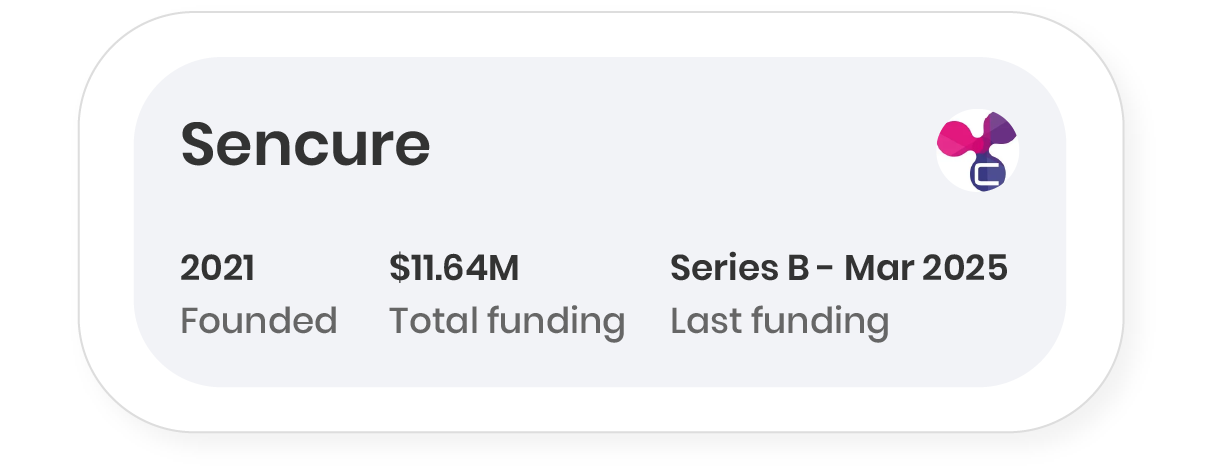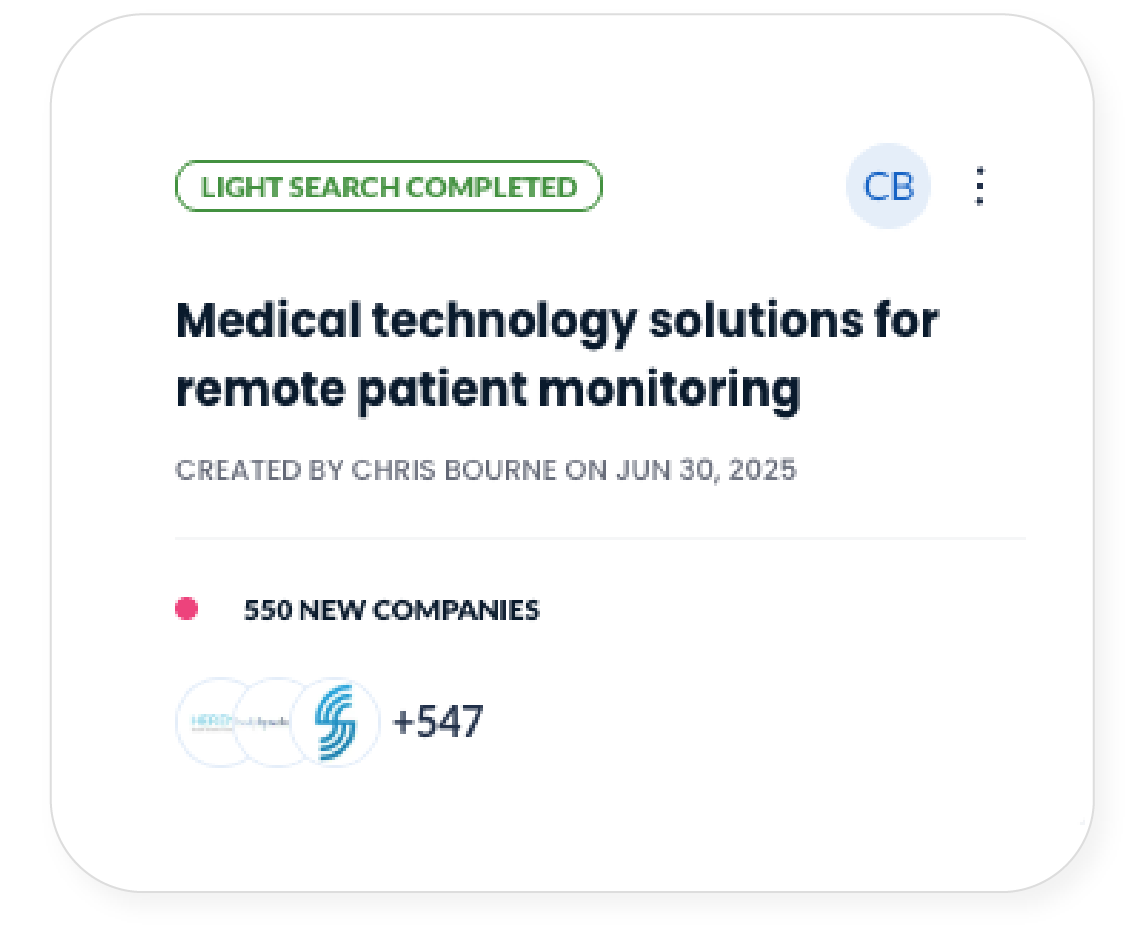We have an innovation problem. Not a lack of innovation, but a crisis of understanding what innovation actually means.
Walk into any corporate boardroom, and you’ll find a stubborn belief that innovation = technology. New app? Innovation. AI feature? Innovation. Rebranded SaaS tool? Innovation.
But that’s not innovation. That’s just… new.
The Reality: 99% of C-suite executives plan to increase GenAI investments, yet only 12% report being “very successful” in translating AI strategy into operational outcomes. The gap between ambition and execution is costing enterprises billions.
Innovation scouting is a minefield of new tech startups all claiming to be at the “cutting edge” of innovation.
That’s why at FounderNest, we wanted to take a deeper look into what innovation truly is, how to identify it, and we can redefine it so that it doesn’t lose its meaning completely.
The misconception
Real innovation isn’t about what’s new, it’s about what matters. At its core, innovation enables us to adapt, improve, and pioneer.
It’s a new business model that unlocks untapped markets.
It’s a workflow redesign that saves thousands of hours.
It’s a product that fundamentally changes how people live or work.
Innovation is purposeful change that creates value, solves problems, and moves us forward.
For organizations, innovation isn’t a nice-to-have, it’s the difference between leading your market and being disrupted out of it.
According to research from BCG, the most innovative companies generate 2.5x higher shareholder returns than their industry peers.
Why? Because genuine innovation creates sustainable competitive advantages that competitors can’t quickly replicate.
When pharmaceutical companies like Roche or Novo Nordisk invest in innovation scouting, they’re not just looking for the next breakthrough therapy.
They’re building strategic partnerships with emerging biotechs, access to technologies, and insights into market shifts that their competitors won’t see for another 12-18 months.
Innovation teams at companies like L’Oréal and AB InBev aren’t just tracking trends, they’re identifying entirely new market opportunities before they become obvious.
📊 Key insight
The most innovative companies generate 2.5x higher shareholder returns than their industry peers. Companies with strong innovation capabilities grow 2.4x faster than those relying on traditional methods.
Innovation’s business impact
67% of corporate strategies fail not because they’re wrong, but because organizations miss disruptive innovations reshaping their industries.
⚠️ Cautionary tales
- Blockbuster ignored streaming innovation – $5B company to bankruptcy in 5 years.
- Nokia dismissed smartphone ecosystems – Lost 90% market share in 3 years.
- Kodak invented digital cameras but didn’t innovate their business model – Lost $30B in market value.
Strategy teams know that not all innovation needs to be customer-facing. Some of the highest-ROI innovations are operational.
The top-performing innovators see 30% higher profit margins than industry averages, not always through new products, but through innovative approaches to operations, supply chain, and business processes.
The secret? Timing. With the right dataset and tracking tools, innovation teams can ensure they:
- Acquire or partner before valuations skyrocket
- Adapt their strategy before disruption hits the core business
- Invest in emerging categories while terms are still favorable
- Build capabilities competitors won’t have for years
What innovation looks like today
Tesla’s self driving tech once sounded like something out of a sci-fi movie, and without clever implementation, it would have remained that way.
So how did they do it?
Tesla gave car owners the ability to beta test their self-driving tech while keeping their hands on the wheel and remaining in control. This gave Tesla millions of data points that makes its self-driving technology unrivalled in the commercial automotive space.
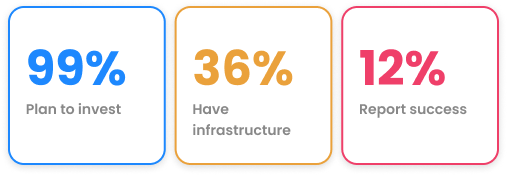
Today, we’re drowning in headlines about “disruption,” billion-dollar funding rounds, and the next game-changing technology. Generative AI (GenAI) dominates every strategy deck.
In fact, 99% of C-suite executives plan to increase their GenAI investments over the next two years.
The Reality: 99% of C-suite executives plan to increase GenAI investments, yet only 12% report being “very successful” in translating AI strategy into operational outcomes. The gap between ambition and execution is costing enterprises billions.
But here’s the uncomfortable truth: just because money is being poured in doesn’t mean the results are meaningful.
Only 36% of businesses investing in GenAI have the infrastructure to actually support it. The rest are bolting expensive tools onto outdated systems and hoping for transformation.
88% of organizations plan to increase GenAI spending in 2025, yet only 12% report being “very successful” in translating AI strategy into operational outcomes.
So what are we actually doing? Are we innovating or are we just layering new tools on old problems?
Like Tesla, we need to stop thinking about only the what and make sure we also consider the how and why.
Are AI tools teaching us all to sing from the same songsheet?
When every enterprise adopts the same large language models (LLMs), trained on overlapping datasets and automating similar workflows – are we creating innovation, or just standardizing sameness?
If everyone’s using the same AI tools to identify the same trends, chase the same startups then where’s the breakthrough thinking?
⚠️ The conformity risk
If the entire market is “singing from the same songsheet,” true innovation gets drowned out by the chorus. When everyone’s doing the same thing, that’s not innovation. That’s just expensive conformity.
Innovation is not just new technology. It’s not slapping “AI-powered” on a product and calling it groundbreaking.
It’s purposeful, differentiated change and frequently, it’s not the flashiest technology but the smartest approach.
Real innovation asks: What problem are we solving? What value are we creating? And are we doing something our competitors can’t or won’t do?
Because if everyone’s doing the same thing, that’s not innovation. That’s just expensive conformity.
So if technology alone isn’t innovation, how do we identify genuine innovation in a market full of noise?
Innovation vs. insanity
Let’s be blunt: taking an existing LLM, wrapping it in a new interface, slapping on some industry-specific prompts, and calling it “revolutionary AI” isn’t innovation. It’s repackaging.
We’re seeing this everywhere:
- “AI-powered” customer service tools that are just ChatGPT with branded styling
- “Intelligent document processing” that’s the same OCR technology from five years ago with an AI label
- “Revolutionary analytics platforms” running the same algorithms with a chatbot interface
That’s not innovation. That’s insanity dressed up as disruption.
In fact, the hype around tools like ChatGPT already appears to be dying down.
Data from Apptopia found ChatGPT the average time spent per daily active Chat GPT user dropped by 22.5% from July-November 2025.
True innovation requires differentiation. It requires solving problems in ways that create genuine value, not just cosmetic differences.
📊 Key insight
Only 55% of AI projects never move past the pilot stage. Why? Because they’re not solving real problems, they’re chasing trends.
A world of sharks: Identifying true innovation
The innovation landscape today resembles a feeding frenzy. Thousands of startups, all claiming to be “disruptive,” “game-changing,” or “revolutionary.”
Venture capital floods into whatever’s hot this quarter; first it was blockchain, then Web3, now GenAI.
But here’s what innovation teams face: How do you spot the real breakthrough among thousands of me-too solutions?
Over 90% of startups fail. But even among those that survive, most aren’t innovating, they’re iterating on existing ideas, fighting for the same customers and solving the same problems in marginally different ways.
Real innovation:
- Solves genuine problems
- Creates measurable value
- True differentiation
- Sustainable advantage
- Market validation
False innovation:
- Manufactured pain points
- “Me too” solutions
- Easy to copy
- Hype-driven
- No market validation
That’s why at FounderNest we’re not interested in helping innovation teams chase the same hot startups as their competitors.
We’re focused on uncovering the opportunities others miss – the companies solving problems in truly differentiated ways.
Innovation scouting: The importance of getting it right
Innovation scouting isn’t just about finding new technologies or startups. It’s about strategic foresight and recognising which opportunities will fundamentally reshape your industry and which are just noise.
Just like playing the stock market, it comes down to trends and their adoption. Adopting too soon could be a risk – it’s unproven. Adopt too late and you’re usually left with less options and higher cost.
Trend setters:
- Identify patterns first
- Discover companies early
- Create differentiation
- Build at favourable terms
- 2.4x more revenue growth
Trend followers:
- React to what’s hot
- Compete more often
- Pay premium prices
- Have less capabilities
- Baseline performance
Performance impact: Companies that excel at innovation scouting achieve 2.4x higher revenue growth. The key? Finding opportunities before they’re obvious to everyone else.
Trends come and go – which ones actually stick?
Remember when every company needed a blockchain strategy? Or when the metaverse was going to change everything? Gartner’s Hype Cycle exists precisely because most “revolutionary” technologies follow predictable patterns.
- Technology Trigger – New breakthrough emerges
- Peak of Inflated Expectations – Everyone piles in, media hype explodes
- Trough of Disillusionment – Reality sets in, most implementations fail
- Slope of Enlightenment – Genuine use cases emerge
- Plateau of Productivity – Technology becomes standard practice
📊 Key insight
The key to innovation scouting? Identifying technologies in stages 1 or 4 – not stage 2 when everyone else is chasing the hype. The most innovative companies invest 50% more time in early-stage technology scouting than their peers.
Top innovation teams are not waiting for technologies to trend on LinkedIn, they’re finding them when they’re still solving problems for early adopters.
How do they do this? Using tools like FounderNest, innovation teams are continuously accelerating their scouting efforts, tracking companies, competitors, and entire spaces made from an unmatched amount of accurate data.
Innovation outside technology
Here’s where most boardrooms get it spectacularly wrong: innovation doesn’t have to involve technology at all.
Some of the most impactful innovations in business history have been organizational, operational, or strategic – not technological.

The most innovative companies don’t just innovate in technology—they innovate across all these dimensions – including technology.
Process and workflow innovation
Toyota’s revolutionary approach wasn’t about inventing new machinery—it was about process innovation. The Toyota Production System (TPS) and “just-in-time” manufacturing transformed the automotive industry through radically different workflows.
The result? Toyota became the world’s largest automaker by eliminating waste, reducing inventory costs, and improving quality—all without revolutionary technology.
Organizations that adopt Agile practices see 20-30% improvements in efficiency and 60% faster time-to-market compared to traditional approaches.
Management innovation
Google’s 20% time policy (allowing engineers to spend 20% of their time on passion projects) led to Gmail, Google News, and AdSense. Management innovation created space for product innovation.
Organizational structure innovation
Haier’s transformation into a “rendanheyi” organization eliminated middle management entirely, turning a traditional appliance manufacturer into a platform of 4,000+ microenterprises. Revenue per employee tripled, and innovation accelerated dramatically.
These innovations don’t require new software, they require new thinking.
Governance innovation
Patagonia’s decision to give away the company to environmental causes created a governance model that ensures mission alignment forever.
The impact of false innovation
How Much Is False Innovation Costing Businesses? The numbers are staggering.

Total annual cost $1.1 trillion: Companies spend an average of $300 billion annually on innovation initiatives that deliver little to no value. But the financial cost is just the beginning. There are deeper, more insidious costs that don’t show up on balance sheets.
- 85% of AI projects fail to deliver expected business value
- $3.7 trillion will be wasted on poor AI implementations between 2024-2030
- $15 million lost per failed digital transformation initiative
The “Gen AI Misconception”
We’re living through the “AI washing” era where every product suddenly needs to be “AI-powered” to seem relevant.
A study by MMC Ventures found that 40% of European startups that claimed to use AI… didn’t actually use AI at all. They just added the label because it helped with fundraising and marketing.
When companies adopt these pseudo-AI solutions, they:
- Waste budget on capabilities they already have
- Miss real opportunities to transform operations with actually useful AI
- Create skepticism that makes it harder to get buy-in for legitimate AI initiatives
- Fall behind competitors who are actually innovating
📊 Key insight
85% of AI projects fail to deliver expected business value. $3.7 trillion will be wasted on poor AI implementations between 2024-2030. Companies lose an average of $15 million per failed digital transformation initiative.
According to MIT Sloan Management Review, only 10% of companies achieve significant financial benefits from AI because 90% are implementing AI for AI’s sake, not to solve strategic problems.
Fighting change
Perhaps the most insidious cost of false innovation is how it entrenches resistance to real change.
Every failed “innovation” initiative reinforces the belief that “change doesn’t work here.”
The fear of failure: 70% of change programs fail, and the primary reason isn’t strategy or technology—it’s resistance from within the organization. This is the hidden cost of false innovation: it poisons the well for real innovation.
How to break resistance to change
1. Be Honest About What’s Actually New
Stop calling incremental improvements “revolutionary.” When everything is innovation, nothing is. Save that word for changes that genuinely matter.
2. Connect Change to Real Problems
Initiatives succeed 6x more often when they’re tied to specific, understood business problems rather than abstract “innovation goals.” Don’t say: “We’re implementing AI to be innovative.” Say: “We’re solving the problem where analyst teams spend 20 hours/week on manual research.”
3. Show evidence, not hype
Showing concrete evidence from pilots or case studies reduces resistance by 60%. People don’t resist change—they resist uncertainty.
4. Involve people early
When employees are involved in evaluating and selecting innovations, adoption rates increase by 40%. Resistance drops dramatically when people feel ownership.
5. Acknowledge past failures
Don’t pretend previous initiatives didn’t flop. Address them directly: “The last CRM implementation didn’t work because we tried to force-fit it. This time, we’re choosing tools that adapt to how we work.”
Why it matters: Companies that execute organizational change effectively see 2.5x higher innovation success rates, 30% faster time-to-market, and 50% better employee retention during transformation.
Redefining innovation
Getting innovation wrong has three massive costs:
1. Wasted time
Innovation teams spend 40-60% of their time evaluating irrelevant opportunities; startups that don’t fit strategy, technologies that solve non-problems, trends that won’t impact their industry.
That’s thousands of hours per year chasing noise instead of signal.
2. Wasted cost
Beyond the direct costs, there are indirect costs that don’t show up on balance sheets:
- Lost competitive advantage while rivals pull ahead
- Damaged credibility with internal stakeholders
- Reduced ability to secure budget for future initiatives
- Opportunity cost of capital tied up in failed projects
3. Missing true innovation
While you’re implementing a “revolutionary” platform that’s really just last year’s technology with a new interface, a competitor is forming a partnership with a genuinely disruptive startup that will reshape your industry.
The bottom line
Innovation isn’t dead. It’s just drowning in noise.
The companies that win aren’t the ones that chase every trend. They’re the ones that think critically, look strategically, scout systematically, and act decisively.
Download your copy of The Great Innovation Misconception – this full article in whitepaper format for sharing.
Finding true innovation
At FounderNest, we built our platform around a simple truth: real innovation is rare, and finding it requires looking beyond the obvious.
FounderNest is not just a market intelligence tool. It’s your own analyst, powered by AI and backed with the largest, most accurate, and trustworthy data set on the market.
FounderNest’s AI-powered intelligence scans 50 million companies across 200+ countries, using signals beyond funding and PR to identify emerging players before your competitors discover them.
Want to skyrocket your innovation strategy? Request a demo.

